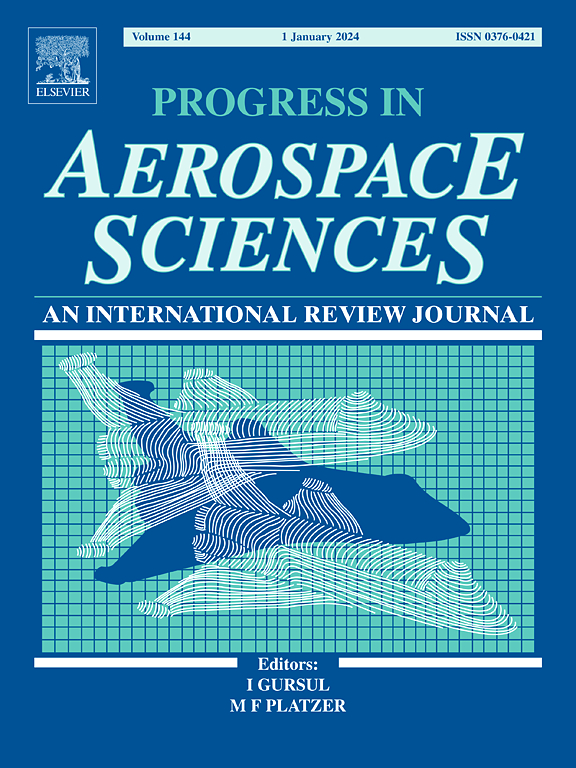不明航空-海底现象(UAP)的新科学
IF 16.2
1区 工程技术
Q1 ENGINEERING, AEROSPACE
引用次数: 0
摘要
经过几十年的忽视和保密,很明显,世界上相当多的政府认真对待不明航空-海底现象(UAP),以前被称为不明飞行物(ufo),但似乎对它们知之甚少。因此,这些现象越来越引起世界各地科学家的注意,其中一些科学家最近成立了监测和科学研究UAP的研究工作。在本文中,我们回顾和总结了从1933年至今的大约20项历史政府研究(在斯堪的纳维亚半岛,二战,美国,加拿大,法国,俄罗斯,中国),一些历史私人研究(法国,英国,美国),以及最近和当前的科学研究(爱尔兰,德国,挪威,瑞典,美国)。在这样做的过程中,我们的目标是澄清围绕UAP的现有全球和历史科学叙述。研究范围从实地监测站的发展和部署到收集和分析来自世界各地的证人报告。我们消除了普遍的误解,即UAP是一种美国现象,并表明UAP可以并且已经被科学地研究过。我们在这里的目的是使未来的研究能够利用以前记录的经验的深度。本文章由计算机程序翻译,如有差异,请以英文原文为准。
The new science of Unidentified Aerospace-Undersea Phenomena (UAP)
After decades of dismissal and secrecy, it has become clear that a significant number of the world’s governments take Unidentified Aerospace-Undersea Phenomena (UAP), formerly known as Unidentified Flying Objects (UFOs), seriously—yet still seem to know little about them. As a result, these phenomena are increasingly attracting the attention of scientists around the world, some of whom have recently formed research efforts to monitor and scientifically study UAP. In this paper, we review and summarize approximately 20 historical government studies dating from 1933 to the present (in Scandinavia, WWII, US, Canada, France, Russia, China), several historical private research studies (France, UK, US), and both recent and current scientific research efforts (Ireland, Germany, Norway, Sweden, US). In doing so, our objective is to clarify the existing global and historical scientific narrative around UAP. Studies range from field station development and deployment to the collection and analysis of witness reports from around the world. We dispel the common misconception that UAPs are an American phenomenon and show that UAP can be, and have been, scientifically investigated. Our aim here is to enable future studies to draw on the great depth of prior documented experience.
求助全文
通过发布文献求助,成功后即可免费获取论文全文。
去求助
来源期刊

Progress in Aerospace Sciences
工程技术-工程:宇航
CiteScore
20.20
自引率
3.10%
发文量
41
审稿时长
5 months
期刊介绍:
"Progress in Aerospace Sciences" is a prestigious international review journal focusing on research in aerospace sciences and its applications in research organizations, industry, and universities. The journal aims to appeal to a wide range of readers and provide valuable information.
The primary content of the journal consists of specially commissioned review articles. These articles serve to collate the latest advancements in the expansive field of aerospace sciences. Unlike other journals, there are no restrictions on the length of papers. Authors are encouraged to furnish specialist readers with a clear and concise summary of recent work, while also providing enough detail for general aerospace readers to stay updated on developments in fields beyond their own expertise.
 求助内容:
求助内容: 应助结果提醒方式:
应助结果提醒方式:


